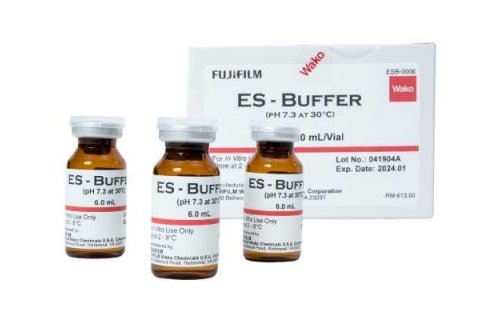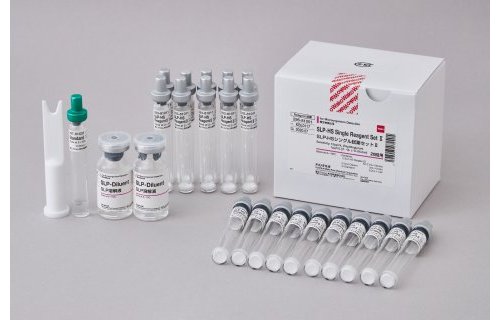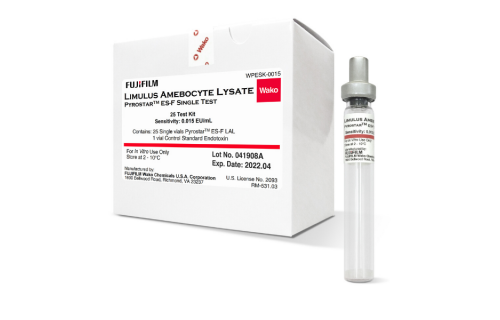Setting up a testing schedule that will optimize the number of tests done per test kit
In vitro diagnostic tests have been found to affect the process of clinical decision-making in 60%–70% of cases.1 Moreover, the need for in vitro diagnostic and research testing is increasing with the advances in healthcare and medical research, and tests should adhere to strict quality requirements. Simultaneously, the cost of laboratory experiments may be burdensome in the context of limited healthcare and research funding.2 Optimizing the use of laboratory reagents and kits is one of the strategies to reduce laboratory diagnostic and research costs. Some of the approaches that may help optimize the number of tests performed per kit include:
- Create a reagent and kit inventory and manage it efficiently – Keeping track of the availability and expiration dates of the numerous reagents and kits in a laboratory may be challenging. Creating an inventory and updating it in a timely manner helps to efficiently manage their supply and storage. The use of kits and reagents in the laboratory should be reassessed regularly, and their ordering and reordering should be planned according to the needs of current projects. Reagents should be dated when first received to help monitor the duration of their use. Generally, older kits should be utilized first to ensure that they do not expire or get damaged by environmental factors. In addition, a number of inventory-tracking systems have been established that facilitate the inventory and workflow management.3
- Create a detailed experimental plan – When preparing stock solutions or master mixes, the required volume of reagents should be calculated carefully to prevent wasting reagents and kits. A well thought out experimental plan should therefore be designed. In many instances, aliquoting your reagents may be beneficial. It will decrease both the risk of contamination when handling solutions and the need for repeated thawing and refreezing of reagents.
- Consider a scaled down or a microscale experimental set-up – Scaling down experiments is another potential strategy to reduce the use of reagents and kits. However, this approach should always be carefully evaluated to make sure that scaling down the experimental procedures would not interfere with the precision and accuracy of the experimental results.
- Optimize the experimental sample size – Using an unnecessarily large sample size would deplete your lab reagents and kits faster. However, selecting an insufficient sample size may cause misleading and unreliable results. A power analysis is recommended to determine an appropriate sample size with sufficient power to detect existing differences between the study groups.4
- Provide your laboratory teamwithup-to-date training – To guarantee the proper implementation of the above strategies in the practice, laboratory personnel should be appropriately trained with regards to relevant experimental practices. The team members should be informed regarding the proper use of inventory-tracking systems, experimental planning, and proper technical skills to ensure the delivery of reliable experimental results.
Literature sources
- Bogavac-Stanojevic N, Jelic-Ivanovic Z. The cost-effective laboratory: implementation of economic evaluation of laboratory testing. J Med Biochem. 2017;36(3):238-242. doi: 10.1515/jomb-2017-0036.
- Lippi G, Mattiuzzi C. Testing volume is not synonymous of cost, value and efficacy in laboratory diagnostics. CCLM. 2013;51(2):243–245. https://doi.org/10.1515/cclm-2012-0502.
- Perkel J. Lab-inventory management: Time to take stock. Nature. 2015;524:125–126. https://doi.org/10.1038/524125a.
- Serdar CC, Cihan M, Yücel D, Serdar MA. Sample size, power and effect size revisited: simplified and practical approaches in pre-clinical, clinical and laboratory studies. Biochem Med (Zagreb). 2021;31(1):010502. doi: 10.11613/BM.2021.010502.






